
How to Invest in REMX, Rare Earth Supply Chain

REMX isn’t your typical ETF. It doesn’t track broad markets or play it safe. It is a high-conviction bet on the materials that power electric vehicles, wind turbines, and next-gen tech. If you believe the future runs on rare earth metals, REMX is how you place that bet.
So, what is REMX? It’s an exchange-traded fund run by VanEck that zeroes in on companies mining, refining, and recycling rare earth and strategic metals. These aren’t just any metals. We are talking about the building blocks for clean energy, military tech, semiconductors, and electric motors.
Instead of trying to buy and store physical metals, REMX gives you stock exposure to the companies actually doing the work.
REMX tracks an index called MVREMXTR. That mouthful stands for the MVIS Global Rare Earth/Strategic Metals Index. This index is laser-focused. To make it in, a company has to earn at least half its revenue from rare earths or strategic metals.
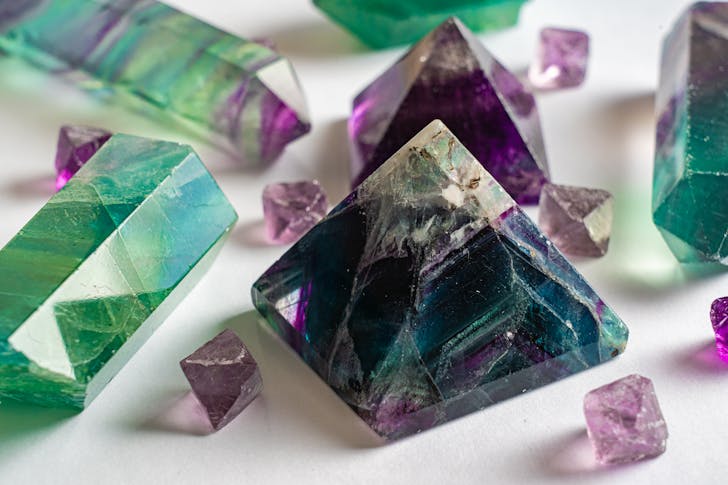
Castor / Pexels / REMX launched in 2010. It has a net expense ratio of 0.58%, which is slightly higher than broad ETFs, but expected for a niche fund.
You are paying for access to a highly targeted basket of global companies most people never hear about but rely on every time they pick up a smartphone or drive a hybrid.
Who Is in the Fund and Where?
REMX focuses on the upstream part of the rare earth supply chain. That means it invests in miners, refiners, and recyclers, the individuals who extract raw materials from the ground and process them for use. It doesn’t include end-product companies like EV makers or tech giants. Instead, it plays at the source.
But keep in mind that REMX owns company stocks, not the metals themselves. So, even though metal prices influence the fund, what really moves it is how well those mining companies perform. Their profits, their projects, their politics – that is what drives returns.
The fund is heavily concentrated. Over 62% of REMX’s assets are tied up in just ten companies. And a huge chunk of those companies are in China, often more than 40% of the portfolio. That is because China dominates the rare earth space, especially when it comes to production and processing.

Scott / Pexels / The rare earth sector is whipsawed by supply, demand, policy changes, and global headlines.
As of late 2025, top holdings included names like MP Materials from the U.S., Lynas Rare Earths from Australia, Lithium Americas, and several big Chinese players like China Northern Rare Earth. So REMX gives you exposure to both Western producers trying to scale up and Chinese firms that already lead the game.
The Risk and the Reward
REMX isn’t for the faint of heart. It has a 5-year beta of 1.53, which means it moves harder and faster than the broader market. In 2025 alone, REMX returned over 76% by late October. That is huge, but it didn’t get there in a straight line.
One week, prices soar because of an export ban, and the next, they drop after a new mine ramps up production. Investors in REMX need to be ready for that rollercoaster.
And yes, REMX does pay a dividend, though it is modest. Its yield sits around 1.45% to 1.52%. So while you get some income, this isn’t an ETF for dividend lovers. The real appeal is capital growth, not cash flow.
So, why invest in REMX at all? Because it gives you exposure to the raw materials behind some of the biggest shifts in the global economy. Think clean energy. Think electrification. Think reshoring and national security. Rare earths are essential for it all.
More in Investments
-
`
Why Do Pokémon Cards Outperform the S&P 500 As an Investment?
Pokémon cards have outperformed the stock market by a mile. Since 2004, they have delivered a staggering 3,821% return, according to...
September 27, 2025 -
`
America’s Billionaires Get Older—Millennials Wait for Wealth Transfer
Many of today’s billionaires don’t match the youthful tech-founder image often portrayed. While names like Elon Musk, Sam Altman, and Mark...
September 21, 2025 -
`
Can President Trump Legally Fire Fed Governor Lisa Cook?
Lisa Cook is right in the middle of one of the most explosive legal battles in Washington. President Trump wants her...
September 20, 2025 -
`
Jeff Bezos’ Advice for Millennials Who Want Financial Success
Millennials today have grown up in a world where instant access to products and services is the norm. From two-day deliveries...
September 13, 2025 -
`
Maison Margiela’s First-Ever Celebrity Campaign Stars Miley Cyrus
Miley Cyrus just changed the rules again. In August 2025, she became the first celebrity ambassador in Maison Margiela’s 37-year history....
September 12, 2025 -
`
Should You Rely on AI for Financial Advice? Here’s What Financial Experts Say
AI is everywhere right now, and yes, that includes your wallet. From budgeting to retirement planning, tools like ChatGPT, Google Gemini,...
September 6, 2025 -
`
95% of Businesses Report Zero Returns on In-House AI, MIT Study Shows
U.S. companies have funneled an estimated $35 to $40 billion into internal AI projects. Yet according to a new report from...
September 6, 2025 -
`
Why Americans in Their 80s Are Still Job Hunting
Charles Meoni, at 82 years old, believes he still has the skills to drive an 18-wheeler. Yet he faces rejection after...
August 30, 2025 -
`
Are Bitcoin & Ethereum the Right Inflation Hedge You Can Count On?
An inflation hedge is something that keeps or gains value when the cost of living goes up. People used to say...
August 30, 2025



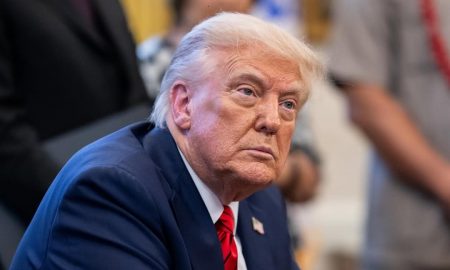
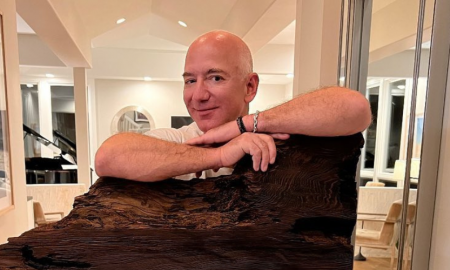




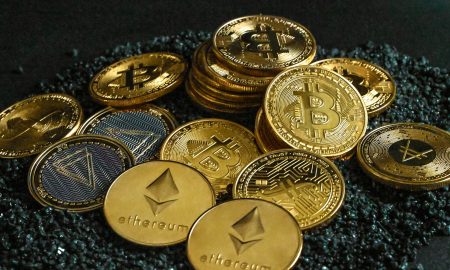


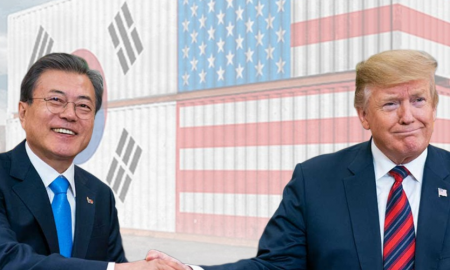
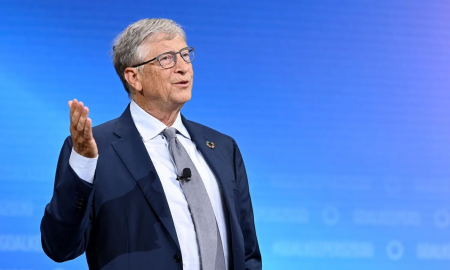
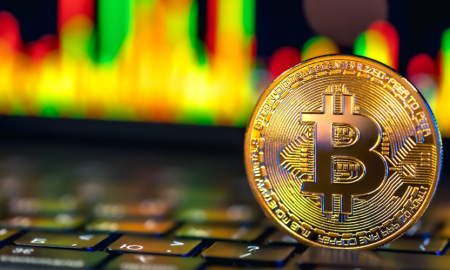
You must be logged in to post a comment Login